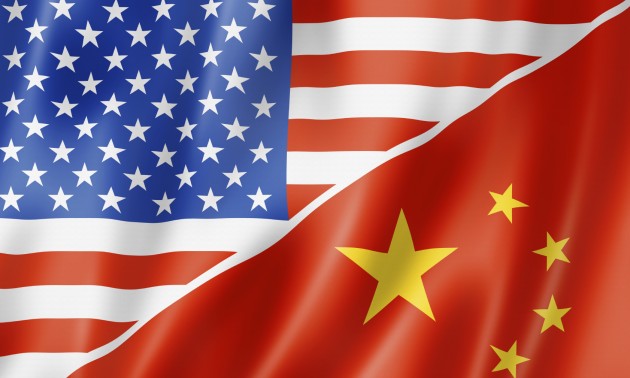Chinese Government Grain Policy TRQ Dispute Moving Ahead
By Ben Conner, Partner, DTB AgriTrade
Over the last several years, U.S. Wheat Associates (USW) and other industry groups have demonstrated how the policies of a few advanced developing countries are distorting world wheat trade and hurting farmers in the United States and other wheat exporting countries. Chinese government grain policy attracted special attention, leading to two dispute cases at the World Trade Organization (WTO), one on excessive subsidies and one on China’s administration of a tariff rate quota on wheat, corn, and rice. By April 2018, WTO dispute panels had sided with the United States in both cases.
Today, the official settlement process for one of those cases has entered the next phase. On July 26, 2021, the United States asked the WTO Dispute Settlement Body (DSB) for authorization to raise tariffs on imports from China due to its failure to comply with the DSB recommendations on its tariff-rate quota (TRQ) administration. China blocked the request, which puts the matter before an arbitration panel. Simultaneously, China made its own request for another panel to review whether it has brought its policies into compliance.
Very close observers of WTO processes might experience deja vu because this is exactly what happened with the case on China’s subsidies for the same commodities last summer.
The next step is for the WTO to form two panels to review the requests of both China and the United States. The compliance panel will look at whether China’s TRQ administration is now functioning on a “transparent, predictable, and fair basis … using clearly specified administrative procedures,” as required by the DSB recommendations. An arbitration panel will review the U.S. request to raise tariffs and decide whether its methodology is appropriate.
Two Reasons for the Challenge
Why is the U.S. government taking this step forward on this case? After all, China has been importing record amounts of wheat and corn since the signing of the Phase One deal (rice is notably lagging) that included implementation of the WTO recommendations on TRQs and subsidies. There are two main reasons.
Procedurally, the U.S. government had to continue extending the window for China to comply (they had already agreed to seven extensions), allow that window to expire with no further action and forfeit its right to suspend concessions, or request that right within 20 days after the window expired. It chose the third option.
Even though China has allowed higher imports, there is still little clarity on how TRQ shares are allocated and reallocated.
If the process remains opaque and unpredictable, China will not be in compliance with its TRQ obligations, which could prevent imported wheat with qualities supplementing Chinese domestic wheat from reaching the Chinese wheat millers who could use it most effectively. It is encouraging that the U.S. and Chinese governments are continuing this case as it will help resolve disagreements over whether China is in compliance with its TRQ commitments and exert pressure to fix problems with Chinese government grain policy permanently.


